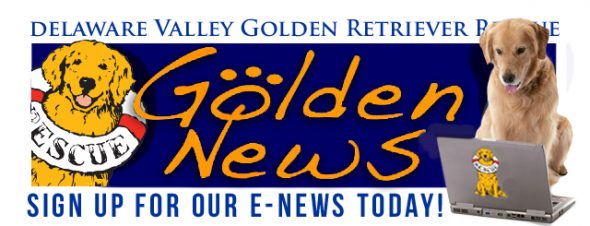They may not come when called, even by people they know. In fact, they may not even recognize people they know. A few years ago, Goldie one of our newly adopted dogs got loose the day after being adopted. Dennis and I took his brother Georgie to find him. Without Georgie, I’m sure we never would have caught him. I will never forget the terror in his eyes when he saw Dennis, who he knew; he stood, staring, frozen in fear, and I was able to get close to him with Georgie. A soft whistle and then, after that moment of terror, he recognized Georgie and ran right to us. I wish I could truly express the look in his eyes… and the change from survival mode to recognizing a safe friend.
First is an ounce of prevention. When taking your newly adopted dog home, keep them in the car for the ride and don’t stop to let them potty. Keep them secured with a leash. Do not let the windows open more than a few inches. When you get home, be sure someone is holding the leash before opening the car door. Once inside, keep their collar, with ID tags, on them at all times, unless crated. All DVGRR, dogs are microchipped, but a current ID tag with your contact info (including address) is the quickest way to get them home. Microchips need to be scanned to know where the dog belongs; tags can be read by anyone. All DVGRR dogs have a DVGRR tag with their unique number on it. So keep those on their collar as another form of ID should they get lost.
Do not open any doors that go directly to an unfenced area unless the dog is behind a barrier or leashed and held by a competent adult. And speaking of the leash, be sure it is attached to a well-fitting collar; we recommend martingale collars. They are nylon collars that tighten, but don’t choke, so they are hard to slip out of. If your dog is especially skittish, adding a front attaching harness, with leash clipped to collar and harness is even more secure. Baby gates and barriers can be used to block off doors that might be accidentally opened. You can also put a sign on the outside of the door warning people you have a dog that may be a flight risk and not to use that door.
When taking your dog out at first, even to a fenced yard, you should keep them leashed, just in case they are closet escape artists. Do not leave them outside unattended.
Many counties have lost pet Facebook pages. Be familiar with the one for your area, just in case you ever need to use it.
What to Do If They Do Run Away
First, call DVGRR. It is important to note the exact place, time, and direction they were headed. We can make posters for you to print and post and include on social media that they are missing. Also, we’ll be aware that we might get a call that they are found.
Post on your area’s lost pet Facebook page. Contact the microchip company (see Section 2 of their adoption book for microchip info). The most important thing (and possibly hardest thing) is DO NOT CHASE THEM. If they are in survival mode, you do not want to scare them away or scare them into traffic. Do not have everyone you know go out walking around calling for them. Call local police, vets, and animal shelters. Put stinky, yummy food outside your house, or at the point last seen. If your dog has a crate they love being in, you can put that outside with a blanket with your scent. Cook bacon on the grill. Leave a trail of bacon or other smelly yummy food into your yard, I’ve heard some recommend Liquid Smoke. Put up trail cameras. Hang posters. Be sure to stress to all involved that they should not chase the dog, just report sightings. If they have a bonded dog buddy, sitting with them quietly near the point last seen may draw them out.
Dogs lost in places with which they are unfamiliar, such as a hiking trail or after a car accident, usually stay close to the point of escape.
There is so much more I could include. But pay attention to the most important points I’ve covered. There are some volunteer and paid groups that can help, either with tracking dogs or setting humane traps. These groups also have great resources on their websites. Buddha Dog Rescue and Recovery and Berks Dog Search have some great information on their sites as well. Take time to review that now… just in cas


